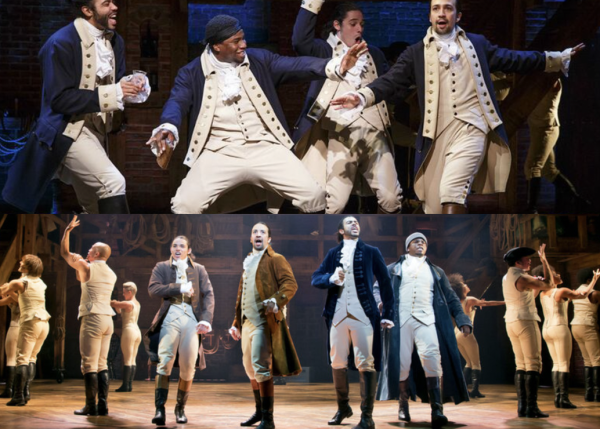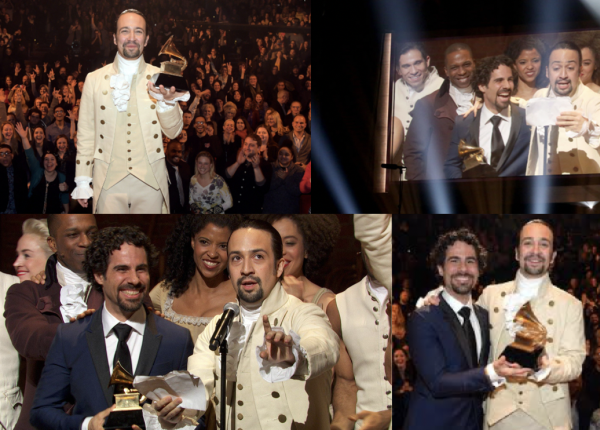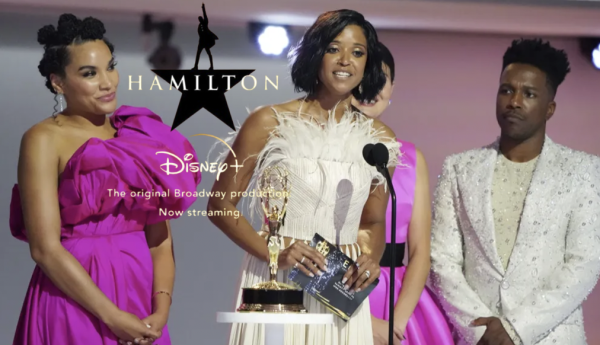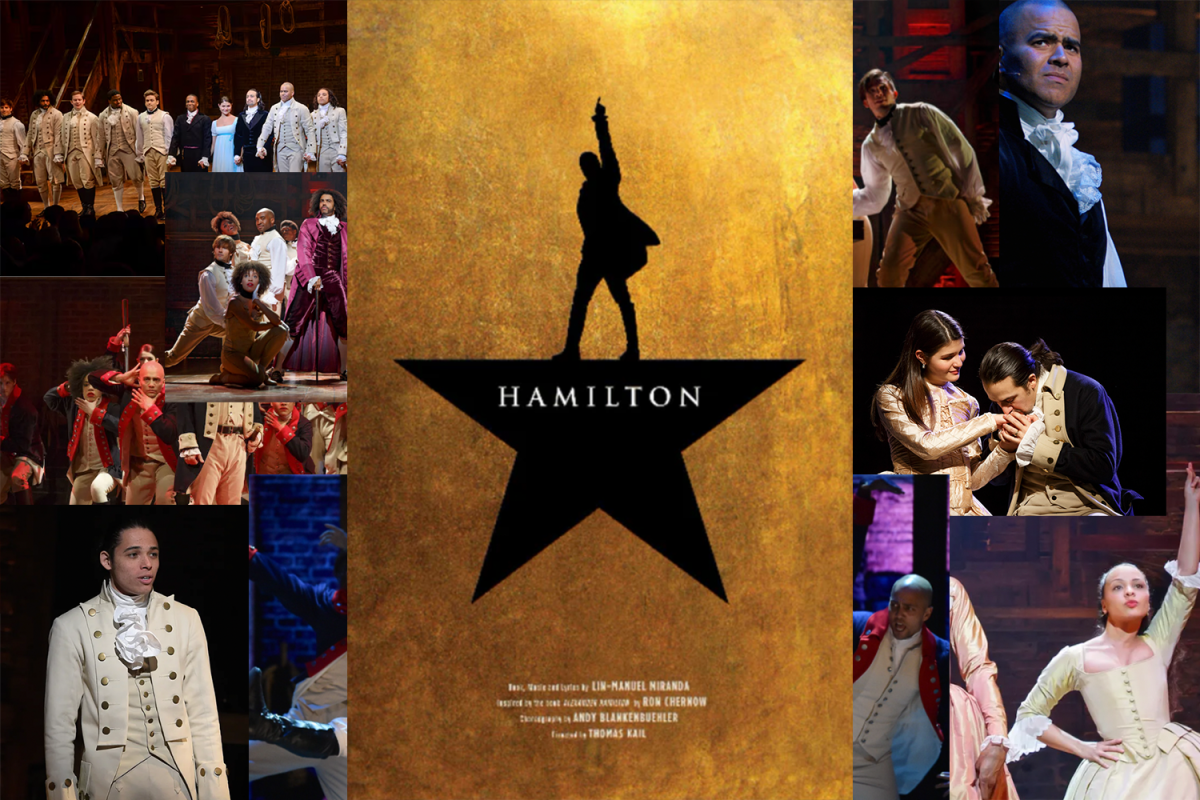Mr. Lin-Manuel Miranda’s Hamilton debuted on Broadway ten years ago, bringing a fusion of hip-hop, rhythm and blues, jazz, and traditional show tunes to the story of one of the United States’ founding fathers, Mr. Alexander Hamilton. The musical gained widespread recognition for its unique storytelling and diverse casting, attracting audiences beyond traditional theatregoers, according to The New York Times. Mr. Miranda created the musical inspired by Mr. Ron Chernow’s biography Alexander Hamilton, which chronicles Mr. Hamilton’s rise from an immigrant to a key figure in US history, according to The New York Times. The production first opened at The Public Theater in New York City (NYC) January 20, 2015, before moving to Broadway in February 2015, quickly gaining commercial and critical success, according to newyorktheatreguide.com.

Hamilton set records as the most Tony-nominated musical, earning 16 nominations and winning 11 awards in June 2016, including Best Musical. Additionally, it won a Grammy for Best Musical Theater Album and the Pulitzer Prize for Drama in 2016, according to newyorktheatreguide.com. The musical grossed over one billion dollars worldwide, with productions in Chicago, London’s West End, Australia, and ongoing touring companies across North America. COVID-19 impacted the Broadway industry greatly, leading to an unprecedented and widespread shutdown in March 2020. Hamilton ceased live performances during this period, and the theatre community faced significant challenges. In response, Disney Plus released a filmed version July 3, 2020, allowing audiences worldwide to experience the show from home, according to newyorktheatreguide.com.
Filmmakers shot this recording at the Richard Rodgers Theatre in NYC, which is still home to the production today. Viewers widely praised the film, giving it a four point eight star rating, according to imdb.com. It captures subtle facial expressions, intricate choreography, and emotional depth through close-up cinematography. The dynamic camera angles and edits preserve the stage performance energy while creating a more intimate and accessible experience for viewers, according to The New York Times.
Hamilton ignited conversations about the tension between historical accuracy and creative storytelling by casting a diverse ensemble to reimagine the Founding Fathers. Mr. Miranda wanted the production to reflect modern America, shaped by shared and evolving cultures, rather than strictly mirroring the past, according to bbc.com. Sacred Heart Greenwich junior Chloe Hill is currently studying in the Theatre III elective and is an active Diversity Club member. She discussed Hamilton’s diverse casting and significance in theatre, emphasizing how the musical has paved the way for inclusive productions that prioritize talent and artistic vision.

“I think it is wonderful that such a widely spread and highly [valued] musical could have a diverse cast,” Chloe said. “Shows like this can really broaden horizons and open doors for people of color and present more opportunities for representation in fields like this.”
Beyond Broadway, Hamilton has influenced both cultural and political discourse. The musical has sparked discussions on meritocracy, immigration, and historical interpretation, pushing audiences to critically examine the nation’s founding ideals, according to The New York Times. The Gilder Lehrman Institute of American History, Hamilton, and the Rockefeller Foundation launched the Hamilton Education Program (EduHam) in 2015 to enhance history education through the arts. This initiative allows high school students from schools with a high percentage of low-income students who receive federal funding to study primary source documents about Hamilton and the Founding Era, culminating in their own creative performance-based program.
EduHam integrates history and performance, guiding students through historical analysis and creative workshops. As a final project, students craft and perform original pieces, monologues, raps, or spoken word, on stage. By engaging with history through performance, students create meaningful connections between the past and the present. Meanwhile, scholars analyze Hamilton’s broader cultural impact, particularly its influence on public memory and historical interpretation. They examine how the musical reshapes perceptions of the Founding Fathers and sparks discussions on representation, national identity, and historical accuracy, according to hamilton.gilderlehrman.org.

Internationally, Hamilton has profoundly impacted audiences and reshaped the landscape of historical musicals. The show’s success has revived interest in history-based productions, inspiring musicals such as SIX and Treason, according to historyassociates.com. The production’s combination of musical genres to tell Hamilton’s story makes history more accessible and engaging for modern audiences worldwide. Additionally, educators incorporate it into classrooms to teach students about the American Revolution and the Founding Fathers. Hamilton proves that historical narratives resonate across cultures, sparking global discussions on national identity and historical interpretation, according to historyassociates.com. Chloe reflected on how Hamilton can strike diverse audiences in different ways.
“Naturally, when a piece of art is made, whether it be a poem, song, painting, or, in this case, a musical, everyone will interpret it differently,” Chloe said. “I do think it is a musical for everyone and is widely enjoyed for a reason. I feel like there is something for everyone in every show, whether it be the acting, songwriting, lighting design, or anything else.”
Featured Image by Ava Briganti ’25




